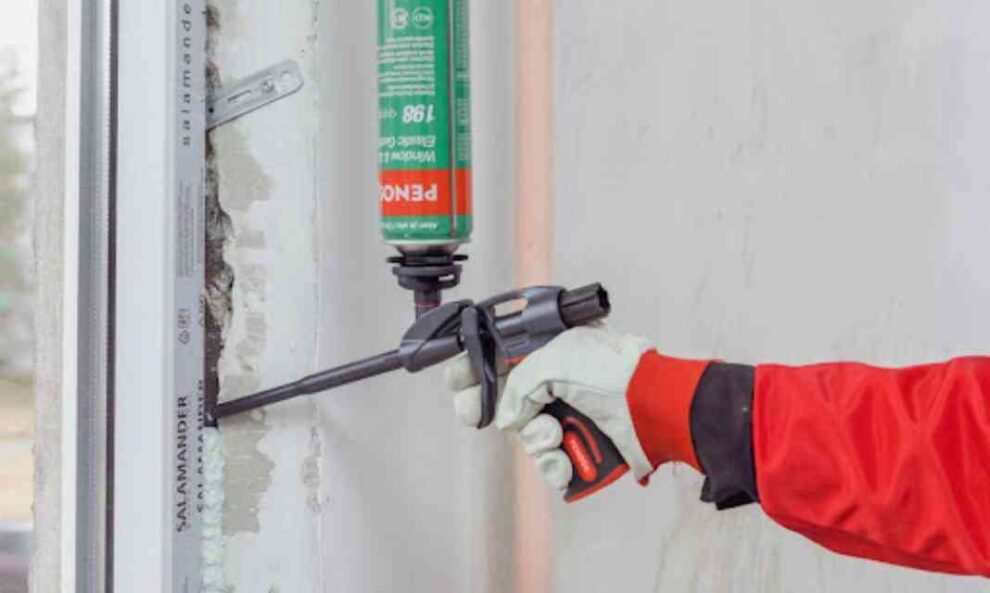Polyurethane foam, also known as PU foam, is a type of polymer made by reacting a polyisocyanate and a polyalcohol. This material is known for its versatility and wide range of applications, including insulation, cushioning, construction, automotive, and textiles. It’s a material that has gained popularity in recent years due to its many benefits. However, it’s also important to consider the potential negative impact it can have on the environment and human health.
In June 2021, Philips voluntarily withdrew around 4 million of their CPAP machines for sleep apnea treatment, as it was found that these devices utilized polyurethane foam made from polyester, which may produce toxic elements and can cause cancer or other health hazards for users. You can speak with a lawyer to know more about the Philips CPAP recall lawsuit, so if you suffered a loss, you could file for compensation.
In this article, we will explore seven key things you need to know about polyurethane foam, including its composition, types, advantages, disadvantages, environmental impact, recycling and disposal options, and overall conclusion.
Composition and Production
Polyurethane foam is made by reacting a polyisocyanate and a polyalcohol. The chemical reaction between these two components results in the formation of a polymer with a cellular structure, which is then expanded by the addition of a blowing agent. The resulting foam can be either flexible or rigid, depending on the specific formulation and production process used.
Types of Polyurethane Foam
There are two main types of polyurethane foam: flexible and rigid. Flexible foam is often used in cushions, mattresses, and upholstery due to its soft and pliable texture. On the other hand, rigid foam is used for insulation, building materials, and automotive parts due to its high strength-to-weight ratio and insulation properties.
Advantages of Polyurethane Foam
Polyurethane foam has several advantages over other materials. As mentioned earlier, it has a high strength-to-weight ratio, making it ideal for insulation and cushioning. Research has also shown that it has excellent thermal insulation properties, which help to reduce energy consumption and costs. Additionally, it is resistant to moisture, chemicals, and impact, making it suitable for a wide range of applications.
Disadvantages of Polyurethane Foam
While polyurethane foam has many benefits, it also has some disadvantages. One of the most significant disadvantages is its flammability. PU foam is known to catch fire easily and release harmful chemicals when it burns. This has led to concerns about its use in certain applications, such as building insulation and upholstered furniture. Another major disadvantage is that polyurethane foam is not biodegradable, which can lead to environmental problems when it is not disposed of properly.
Environmental Impact
The production of polyurethane foam can have a negative impact on the environment, as it involves the use of chemicals and energy. These chemicals can be harmful to the environment and human health if not handled properly. Additionally, polyurethane foam can release harmful emissions when it is burned, and it is not biodegradable, which means it can take a long time to decompose. This has led to concerns about its overall impact on the environment.
Recycling and Disposal
While polyurethane foam can be recycled, the process is difficult and not widely used. The foam can be shredded and used to make products such as carpet padding and insulation. However, most of the foam is sent to landfill, where it takes hundreds of years to decompose. This has led to calls for more effective recycling and disposal options for polyurethane foam.
Durability
Another property of polyurethane foam is its durability. The material is known for its high resistance to wear and tear, making it a popular choice for a wide range of applications that require long-lasting materials. For example, it is often used in industrial equipment, automotive parts, and consumer goods that are subject to regular use and handling. Additionally, due to its resistance to moisture, chemicals, and impact, polyurethane foam can be used in harsh environments and still maintain its integrity. This makes it a cost-effective solution for many industries, as the foam can withstand regular wear and tear and last a long time.
Conclusion
In summary, polyurethane foam is a material that has many benefits and is widely used in various applications. However, it also has some disadvantages, including flammability and environmental impact. It’s important to be aware of these potential downsides and to use the material responsibly. Additionally, ongoing research and development in the field of polyurethane foam may lead to new technologies and formulations that address some of its disadvantages. Philipps CPAP machine is an example of a technology that uses polyurethane. We can see how it negatively impacts a person’s life with the number of lawsuits being filed against the manufacturer. Be cautious when using products like Philipps CPAP. Remember, you can also file a lawsuit against Philipps if you have been harmed by their product.



















Add Comment